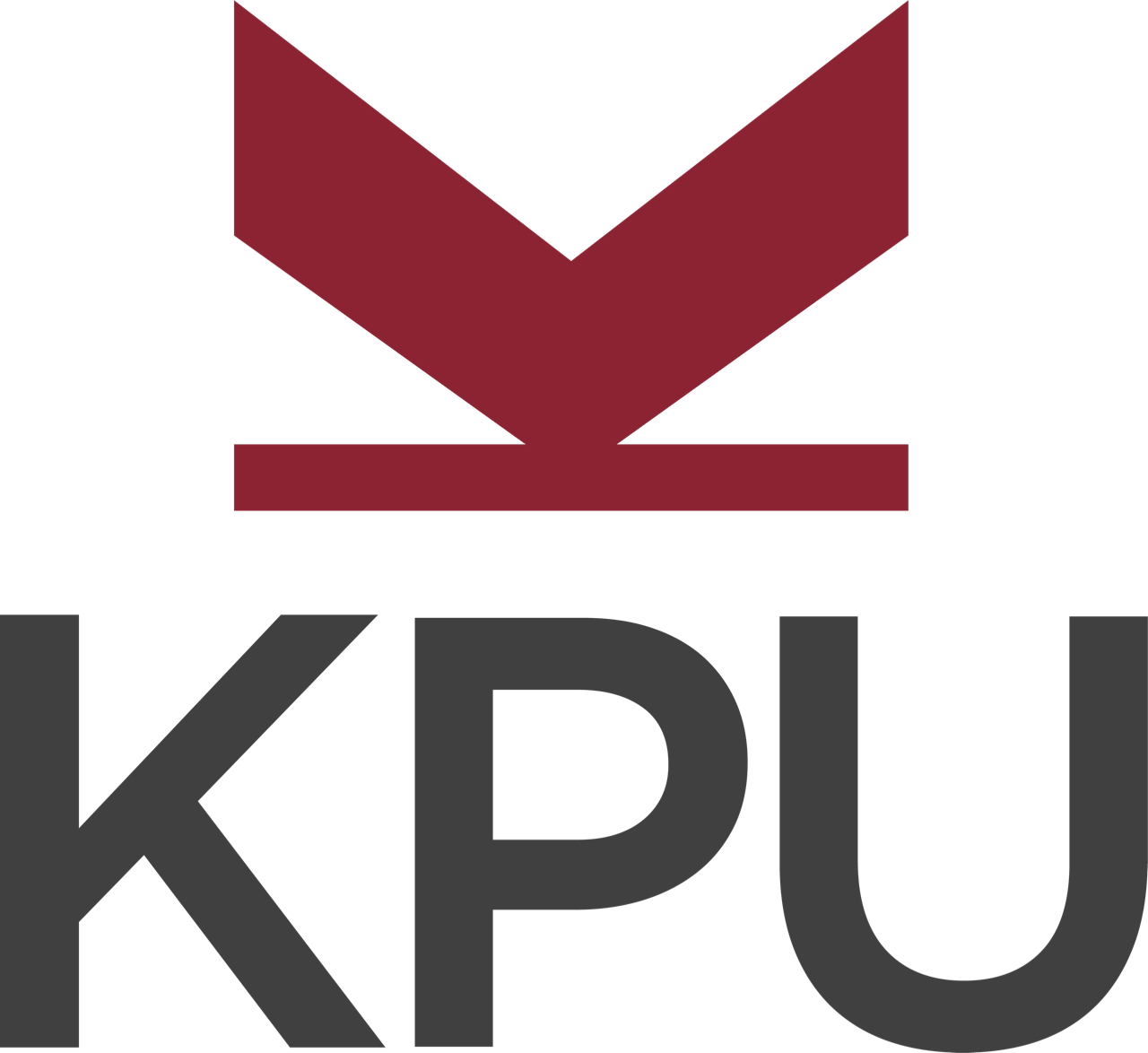For Students: How to Use This Book
On this page, you’ll find a quick overview of the tools and features built into the book—what they are, how they work, and how they can help you succeed. Whether you’re reading on a laptop, tablet, or phone, these features are here to make your learning experience smoother, more engaging, and more effective.
Navigating the book
This textbook has a table of contents to help you navigate through the book more easily. If using the online webbook, you can find the full table of contents on the book’s homepage or by selecting “Contents” from the top menu when you are in a chapter. Inside a chapter, you can use the keyboard arrows to go to the previous or next chapter.
Searching
If using the online webbook, you can use the search bar in the top right corner to search the entire book for a key word or phrase. To search a specific chapter, open that chapter and use your browser’s search feature by hitting [Ctrl] + [F] on your keyboard if using a Windows computer or [Command] + [F] if using a Mac computer.
The [Ctrl] + [F] and [Command] + [F] keys will also allow you to search a PDF, HTML, EPUB, and MOBI files if you are reading them on a computer.
If using an eBook app to read this textbook, the app should have a built-in search tool.
Alternative Formats
In addition to the web version, this book is available in a number of file formats including PDF, EPUB (for eReaders), MOBI (for Kindles), and various editable files. You can find more information about the file formats in the Accessibility Statement.
Print options
This book links to a number of external websites. For those using a print copy of this resource, the full URL will appear in brackets after each link.
Interactive and multimedia components
The webbook includes a number of interactive quizzes at the end of each chapter. If you are not using the webbook to access this textbook, the interactive quizzes will not be included. Instead, your copy of the text will provide a link to where you can access those interactive elements.
If you decide to use a PDF or a print copy to access the textbook, you can access the webbook and download any other formats at any time.
Keep an eye out for these features
As you read through this book, you’ll notice special features designed to help you learn, practice, and stay engaged. Each one has a purpose—whether it’s showing you what to focus on, giving you a chance to test your knowledge, or helping you connect ideas to the real world.
This section gives you a quick guide to what these features are and how to use them. Knowing what to look for will help you get the most out of your learning experience!
Textboxes
At the end of the chapter, this box contains a list of references used in the writing of the chapter, as well as some useful resources for you to deepen your learning.
H5P (Interactive Content)
H5P stands for HTML5 Package, but you don’t need to remember that! It’s just a tool that lets you interact with the content in fun and useful ways—like quizzes, flashcards, videos with questions, drag-and-drop activities, and more.
Whenever you see an interactive activity in the book, it was made with H5P. These are designed to help you practice, check your understanding, or explore ideas in a hands-on way.
Annotating
If you like to highlight or write on your textbooks, you can do that by getting a print copy, using the Digital PDF in Adobe Reader, using the highlighting tools in eReader apps, or using the Hypothesis plugin (if enabled).
Adapted from For Students: How to Access and Use this Textbook by Chad Flinn and Mark Overgaard, licensed under CC-BY.


Feedback/Errata